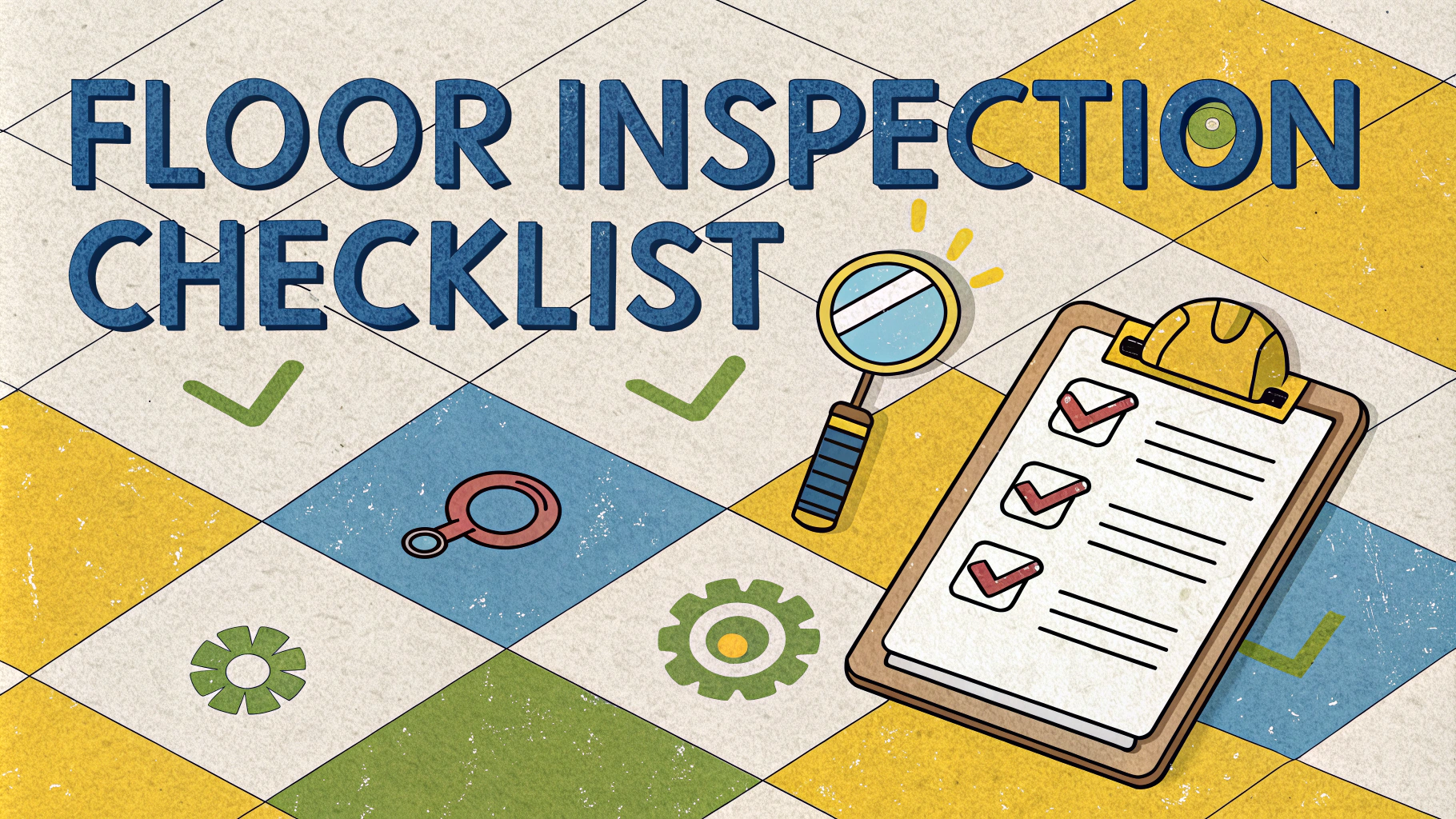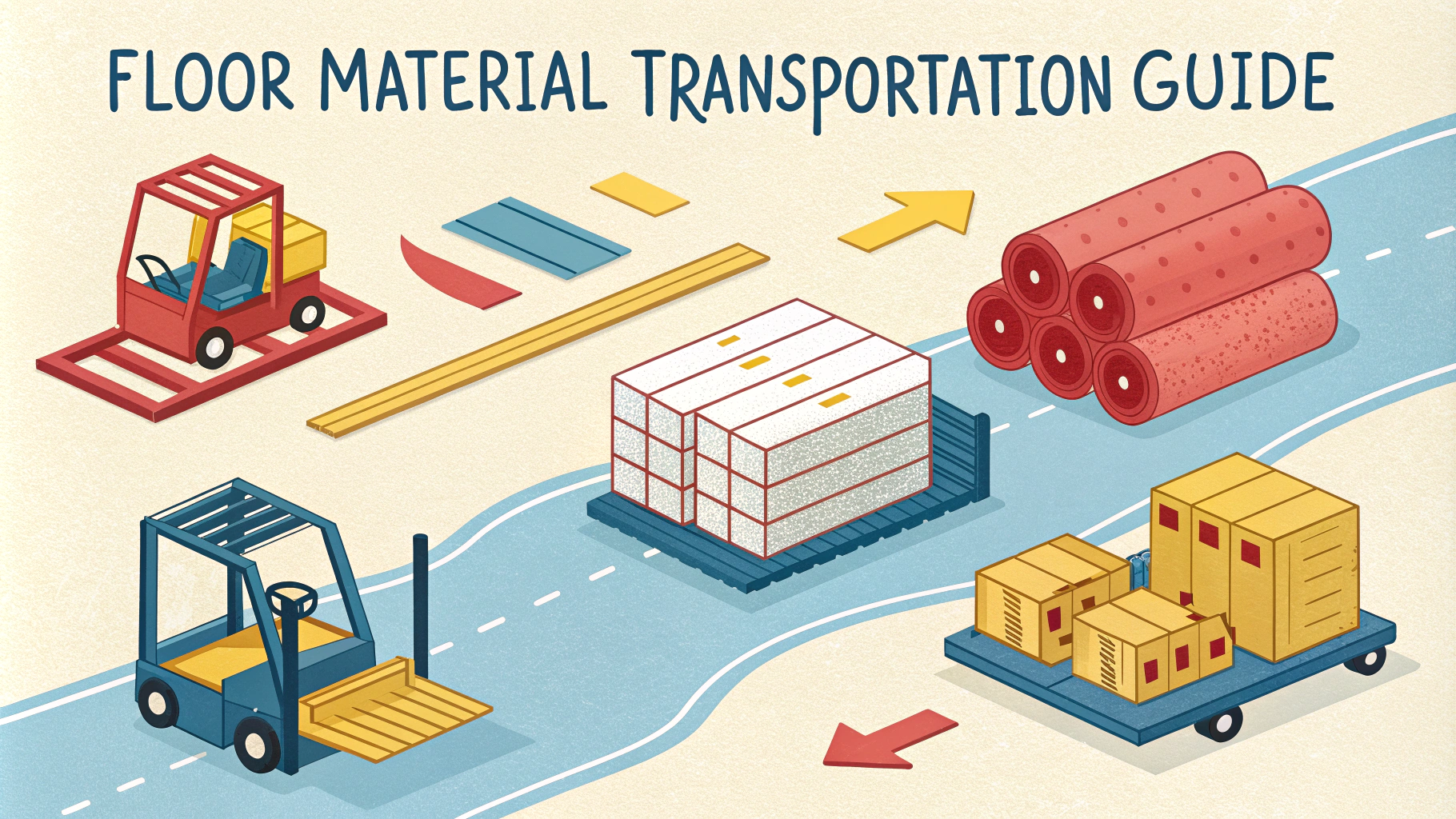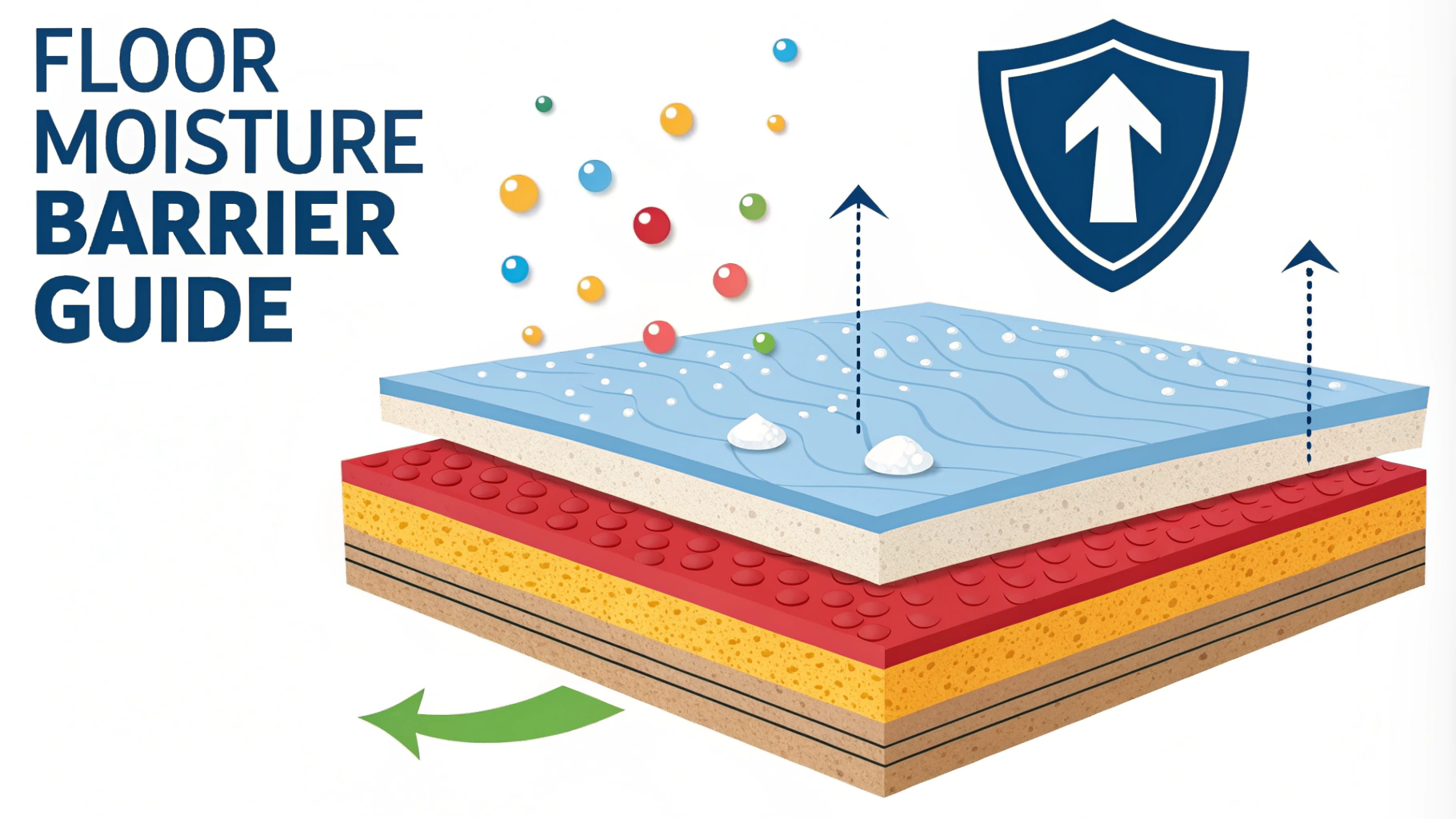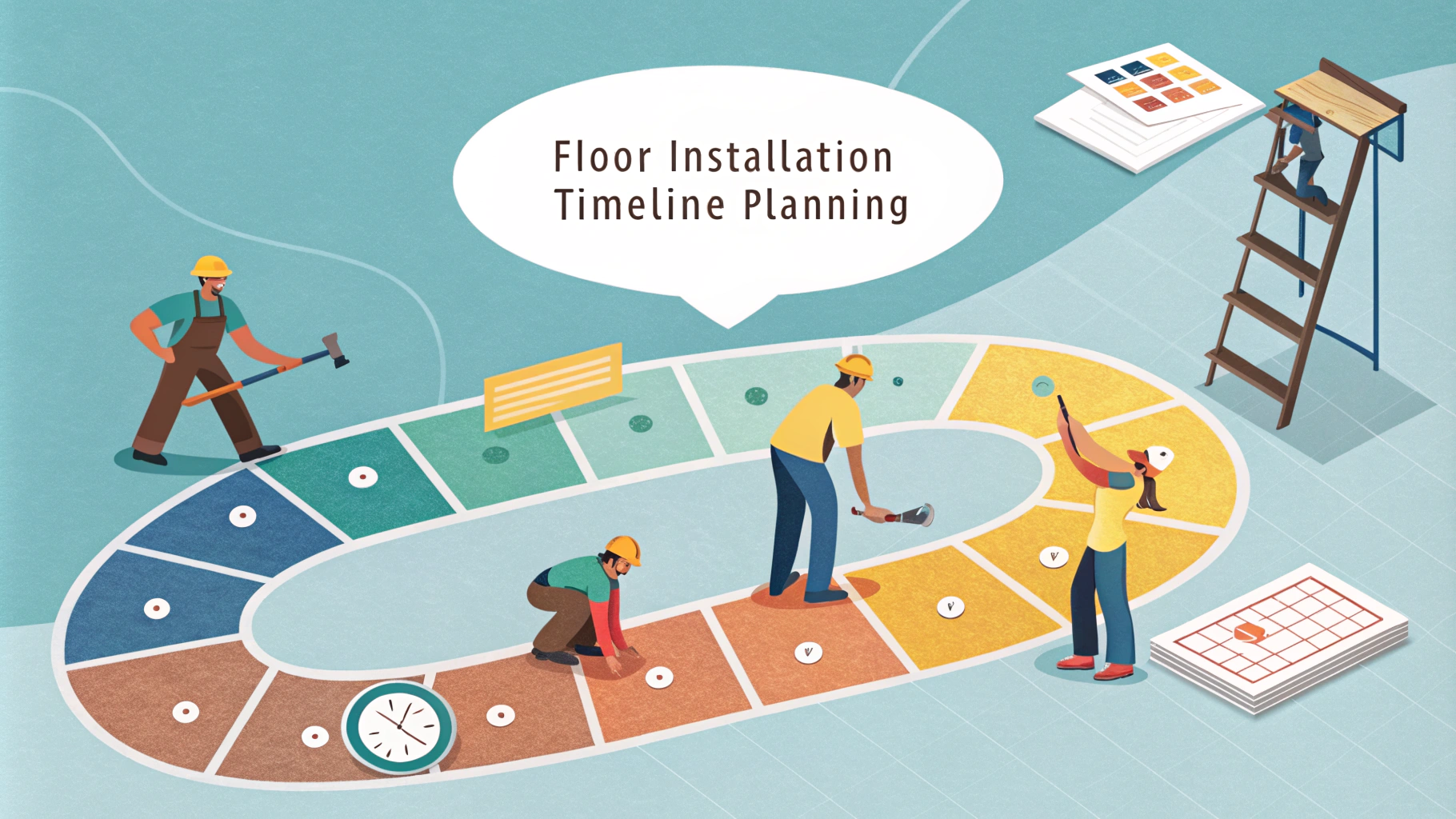Floor fire ratings play a critical role in building safety by determining how long flooring materials can resist fire and prevent its spread between building levels.
These ratings, measured in hours, indicate the time a floor assembly can maintain its structural integrity and prevent fire transmission during standardized testing conditions.
Understanding these ratings helps property owners, architects, and builders make informed decisions about flooring materials to ensure occupant safety and code compliance.
Types of Fire-Rated Floor Assemblies
- Concrete floors (typically 2-4 hour rating)
- Wood floor assemblies with fire-resistant treatments
- Steel-concrete composite floors
- Engineered floor systems with fire-resistant materials
Common Fire Ratings Explained
| Rating | Description | Common Applications |
|---|---|---|
| 1-hour | Basic fire resistance | Residential buildings, small offices |
| 2-hour | Medium protection | Commercial buildings, schools |
| 3-hour | Enhanced protection | High-rises, hospitals |
| 4-hour | Maximum protection | Industrial facilities, critical infrastructure |
Key Components of Fire-Rated Floors
- Structural Members: Beams, joists, and support systems
- Fire-Resistant Materials: Gypsum board, mineral wool, or spray-applied materials
- Floor Covering: Fire-resistant finish materials
- Penetration Seals: Fire-stops for utilities and openings
Testing and Certification
Floor assemblies undergo standardized testing according to ASTM E119 or UL 263 standards to receive their fire ratings.
Testing involves exposing the floor assembly to controlled fire conditions while monitoring structural integrity and heat transfer.
Certified laboratories like UL (Underwriters Laboratories) or Intertek perform these tests and issue appropriate ratings.
Code Requirements and Compliance
- International Building Code (IBC) specifies minimum fire ratings based on building type and occupancy
- Local building codes may have additional requirements
- Fire ratings must be maintained throughout the life of the building
Maintenance and Inspection
Regular inspections should check for damage to fire-resistant materials and penetration seals.
Document all repairs and modifications to fire-rated floor assemblies.
Contact a certified fire protection engineer for assessment: Society of Fire Protection Engineers Directory
Next Steps for Building Safety
Work with qualified architects and contractors familiar with fire-rated construction requirements.
Obtain necessary permits and inspections before modifying any fire-rated floor assemblies.
Maintain detailed records of floor assembly specifications and certifications for building safety compliance.
Installation Best Practices
- Professional Installation: Only use certified contractors with fire-rated assembly experience
- Documentation: Maintain detailed records of materials and installation methods
- Quality Control: Implement inspection protocols during installation
- Material Verification: Ensure all components match tested assembly specifications
Common Challenges and Solutions
Design Challenges
- Accommodating mechanical systems while maintaining ratings
- Meeting acoustic requirements alongside fire protection
- Balancing cost with performance requirements
Implementation Solutions
- Early coordination between trades
- Use of pre-approved assembly designs
- Integration of multi-performance materials
Cost Considerations
| Rating Level | Relative Cost | Long-term Value |
|---|---|---|
| 1-hour | Base cost | Standard protection |
| 2-hour | 25-40% increase | Enhanced durability |
| 3-4 hour | 50-100% increase | Maximum protection |
Building a Fire-Safe Future
Proper understanding and implementation of floor fire ratings are essential for creating safer buildings and protecting occupants.
Regular maintenance, proper documentation, and adherence to building codes ensure long-term effectiveness of fire-rated floor assemblies.
Investing in appropriate fire ratings provides crucial life safety benefits and helps protect property investments for years to come.
FAQs
- What is a floor fire rating?
A floor fire rating indicates how long a flooring system can withstand exposure to fire while maintaining its structural integrity and preventing the spread of flames, smoke, and gases. - How are floor fire ratings measured?
Floor fire ratings are measured in hours, typically ranging from 20 minutes to 4 hours, based on standardized testing procedures conducted according to ASTM E119 or UL 263 standards. - What do Class A, B, and C fire ratings mean for flooring?
Class A has the highest fire resistance with a flame spread rating of 0-25, Class B has a rating of 26-75, and Class C has a rating of 76-200. These classifications indicate how quickly fire can spread across the flooring surface. - Which flooring materials typically have the highest fire ratings?
Concrete, ceramic tile, and properly treated steel flooring systems typically have the highest fire ratings, often achieving 2-4 hour ratings when properly installed. - How do fire-rated floor assemblies work?
Fire-rated floor assemblies combine multiple layers of fire-resistant materials, including structural supports, fire-resistant barriers, and surface materials to create a comprehensive fire protection system. - What role does underlayment play in floor fire ratings?
Fire-resistant underlayment can enhance a floor’s overall fire rating by providing additional protection and helping to maintain the structural integrity of the floor assembly during fire exposure. - Are floor fire ratings required by building codes?
Yes, most building codes require specific floor fire ratings, especially in commercial buildings, multi-story structures, and buildings with specific occupancy classifications. - How do penetrations affect floor fire ratings?
Any penetration through a fire-rated floor assembly (such as pipes, ducts, or cables) must be properly sealed with approved firestop systems to maintain the floor’s fire rating. - Can existing flooring be upgraded to improve its fire rating?
Yes, existing flooring can be upgraded using fire-resistant coatings, adding fire-resistant underlayment, or installing additional protective layers that meet required fire rating standards. - How often should fire-rated flooring be inspected?
Fire-rated flooring should be inspected annually by qualified professionals to ensure the integrity of fire-resistant materials and that all penetrations remain properly sealed.







